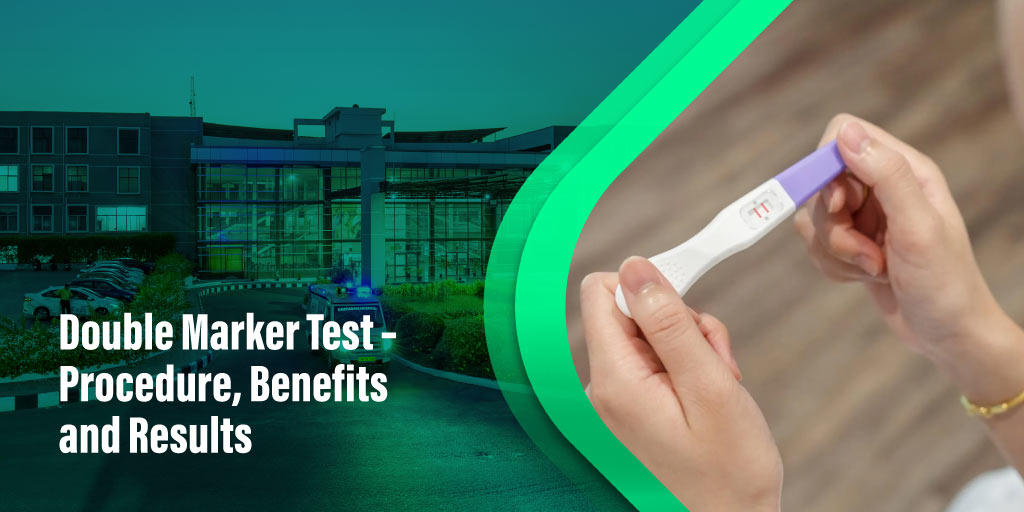Introduction
Polycystic Ovarian Disease (PCOD) is a widespread hormonal imbalance affecting women during their reproductive years. Although its symptoms may seem complex and its long-term impact concerning, the key to managing and treating PCOD effectively lies in understanding it.
In this article, we’ll delve deep into what PCOD is, its causes, symptoms, and the various treatment options available to help you manage the condition successfully.
What is PCOD?
PCOD is a commonly used term for Polycystic Ovary Syndrome (PCOS). The ovaries are the female organs that produce eggs. In the case of PCOD, these ovaries develop multiple small cysts and do not release eggs in an organized manner. This results in several symptoms, including irregular periods and infertility.
PCOD is not actually a disease but a symptom complex caused by hormonal imbalance. The cause is still unknown, but there are multiple factors that contribute to the onset of PCOD, including genetic, insulin resistance, and hormonal imbalances.
How Common is PCOD?
PCOD is quite prevalent among women of reproductive age. Approximately 1 in 5 women worldwide suffer from PCOD to varying degrees. However, many women remain undiagnosed, and the condition is often confused with other issues, which makes awareness and early diagnosis crucial.
What Causes PCOD?
While the exact cause of PCOD is not fully understood, several factors are believed to play a role in its development:
Genetic Factors
If a woman has a mother or sister with PCOD, she may be more likely to develop the condition herself. Genetic inheritance is one of the most commonly recognized contributors to PCOD.
Hormonal Imbalance
Women with PCOD typically have higher levels of male hormones (androgens), such as testosterone. This hormonal imbalance can lead to several symptoms, such as excess hair growth, acne, and thinning hair.
Resistance to Insulin
Insulin resistance, which occurs when the body struggles to properly digest insulin, is common in women with PCOD. Higher insulin levels as a result can exacerbate PCOD symptoms by increasing androgen production.
Triggers in the Environment
PCOD symptoms can be made worse by external factors like a poor diet, high levels of stress, and inactivity. Hormonal abnormalities can be exacerbated by lifestyle choices, which makes treatment more challenging.
Symptoms of PCOD
The symptoms of PCOD vary from woman to woman and can range from mild to severe. The most common symptoms include:
Irregular Periods
One of the hallmark symptoms of PCOD is irregular menstruation. This may include missed periods, heavy bleeding, or very light periods. Women with PCOD may have fewer than eight menstrual cycles a year.
Weight Gain
PCOD often leads to weight gain, especially around the abdominal area. This is related to insulin resistance, which causes the body to store more fat.
Acne and Skin Issues
Elevated levels of androgens can trigger acne, oily skin, and other skin-related issues. Many women with PCOD also experience skin darkening in certain areas like the neck or armpits.
Excess Hair Growth (Hirsutism)
Excessive hair growth on the face, chest, back, or abdomen is a common symptom due to high androgen levels. This condition is known as hirsutism.
Hair Thinning and Balding
Women with PCOD may notice hair thinning or balding, particularly around the crown of the head, as elevated androgen levels affect hair growth.
Infertility Concerns
PCOD can lead to infertility, as it disrupts the regular release of eggs from the ovaries, making it difficult for women to conceive.
Mood Swings and Depression
Hormonal fluctuations can affect mood and lead to anxiety, depression, or irritability.
How PCOD is Diagnosed
A combination of imaging methods, blood testing, and clinical evaluation is used to diagnose PCOD.
Blood Tests and Hormone Levels
Hormones such as progesterone, oestrogen, and androgens can all be measured by blood testing. One prominent indicator of PCOD is elevated testosterone levels.
Ultrasound Imaging
An ultrasound is often performed to check for the presence of cysts on the ovaries. However, not all women with PCOD have visible cysts, and having cysts alone is not enough for a diagnosis.
Medical History and Physical Exam
Your doctor will likely ask about your menstrual cycles, lifestyle, and any other symptoms. A physical exam can also help identify signs like excess hair growth or skin issues.
Treatment Options for PCOD
Despite being a chronic illness, PCOD can be controlled with the appropriate course of treatment. Controlling hormone levels, treating symptoms, and promoting fertility are the objectives of treatment.
Lifestyle Changes (Diet and Exercise)
Keeping a healthy weight is essential for controlling the symptoms of PCOD. A balanced diet and regular exercise aid in weight loss, insulin regulation, and hormonal balance enhancement. Insulin sensitivity can be enhanced by eating a diet high in fruits, vegetables, and whole grains.
Medications (Oral Contraceptives, Metformin)
- Oral Contraceptives: Birth control pills help regulate menstrual cycles and reduce androgen levels, which can manage symptoms like acne and excess hair growth.
- Metformin: This medication helps improve insulin resistance and can be prescribed to women who are overweight or have trouble with insulin regulation.
Fertility Treatments (Clomiphene Citrate, IVF)
Fertility drugs like clomiphene citrate can help women who are having trouble conceiving because of PCOD. In vitro fertilisation (IVF) might be a possibility in more serious situations.
Surgical Options (Ovarian Drilling)
In certain instances, ovarian drilling—a surgical technique—can aid in re-establishing regular ovulation. This entails removing tiny sections of the ovaries with lasers or tiny electrical currents.
Natural Remedies and Holistic Approaches
Some women may prefer to manage PCOD with natural remedies. These approaches include:
Herbal Supplements
Herbal supplements like spearmint tea and saw palmetto are believed to help balance hormones and reduce symptoms like excess hair growth.
Acupuncture and Traditional Medicine
Acupuncture is used in some cultures as a way to balance the body’s energy, and there is some evidence to suggest it can help with ovulation and menstrual regularity.
Stress Management and Yoga
Reducing cortisol levels through stress management practices like yoga and meditation may help ease PCOD symptoms.
Managing PCOD Long-Term
Although there is no cure for PCOD, long-term management is possible with consistent care and treatment. Regular monitoring of hormone levels, keeping up with a healthy lifestyle, and seeking emotional support when needed can significantly improve quality of life.
Conclusion
Understanding PCOD and its effects on your health is the first step in taking control of your condition. By recognizing symptoms early, seeking appropriate treatment, and maintaining a healthy lifestyle, women with PCOD can manage their symptoms effectively and lead fulfilling lives. If you suspect you have PCOD or are struggling with its symptoms, it’s important to consult a healthcare professional to explore your treatment options. For expert guidance, consider consulting an Obstetrics & Gynaecology specialist in Coimbatore, where we offer personalized care and effective treatment for PCOD.
Disclaimer:
The information provided in this blog post is intended for general informational purposes only. It is not a substitute for professional medical advice, diagnosis, or treatment. Always seek the advice of your physician or other qualified healthcare provider with any questions you may have regarding a medical condition. Never disregard professional medical advice or delay in seeking it because of something you have read in this blog.







